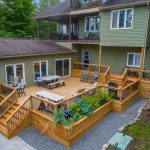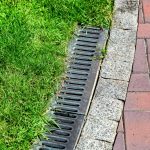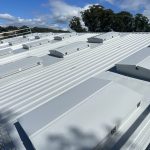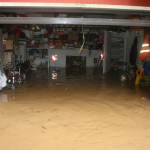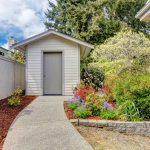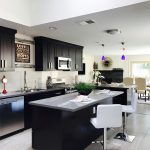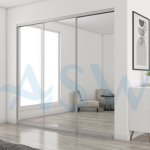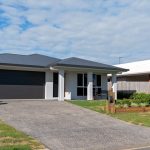Most Important Rooms for Home Value – A Guide for Renovators
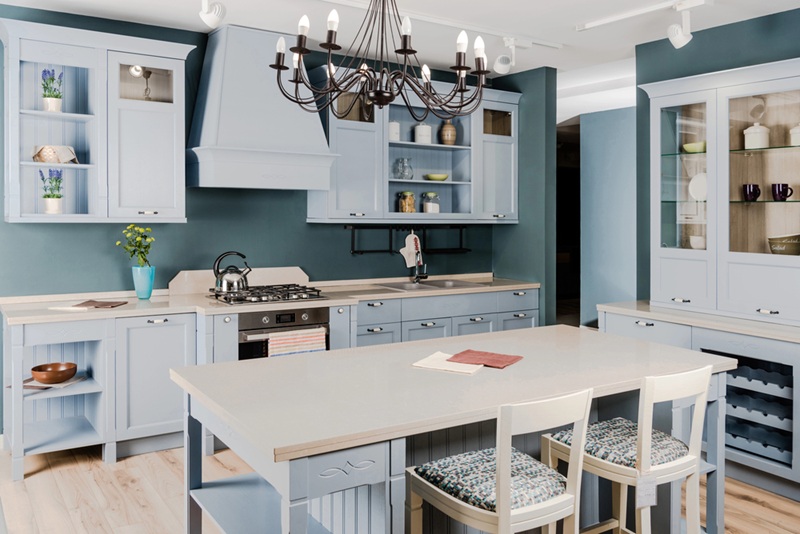
If you’re renovating with resale in mind, the smartest move isn’t to “do everything”, it’s to prioritise the spaces buyers care about most. In Australia, that typically means kitchens and bathrooms first, then outdoor/alfresco areas, practical storage and laundry, a flexible home office or second living zone, and energy-efficient upgrades that cut bills. Here’s how each space can pull its weight, and where to spend (and save).
1. Kitchen: the deal-maker
The kitchen remains the heart of the home and the room most likely to sway a buyer. Australian property pros consistently call it the highest-impact upgrade; even modest updates (benchtops, tapware, lighting, refreshed cabinet fronts) can modernise the feel of the whole home. Many agents suggest keeping kitchen spend proportionate to the property, think in the ballpark of ~5% of the home’s value for a cosmetic refresh, more for a full rework, so you don’t overcapitalise. Open layouts, good task lighting and quality, durable finishes are what buyers look for.
2. Bathrooms: comfort and confidence
Bathrooms punch above their size because they signal overall maintenance. Dripping mixers, mouldy grout or tired screens can spook buyers; crisp ventilation, modern fixtures and clever storage do the opposite. The Housing Industry Association (HIA) notes renovators are value-conscious right now (bathrooms are even shrinking slightly), so focus on function and finish rather than footprint: waterproofing done right, easy-clean surfaces, and a calm, neutral palette that suits most tastes. Bathroom renovation and remodelling specialists are the best starting point if you’re looking for a unique design that suits the flow and layout of your home – it’s important that the bathroom blends and doesn’t look like a completely separate design philosophy to the rest of the home.
3. Outdoor & alfresco: the Aussie lifestyle premium
We love living outside, and buyers pay for it. Well-designed decks, covered alfresco spaces and outdoor kitchens extend the living area and can deliver serious perceived value, recent industry commentary highlighted six-figure uplifts for standout outdoor zones in the right markets. You don’t need a $100k barbecue to win hearts, though: safe, compliant decking, shade, good lighting, power points and a tidy garden create an inviting flow from the living room to the backyard.
4. Energy-efficient upgrades (yes, these “rooms” matter too)
Strictly not a single room, but upgrades that make every room cheaper to run are hot property. Australian buyers increasingly search for energy-efficient features, and new home builders are increasingly focusing on integrating them into the build and cost from the outset. Think: insulation, double glazing, efficient heating/cooling, ceiling fans, solar PV and smart ventilation. Besides comfort, they cushion rising energy costs, especially compelling in QLD and NSW climates. If budget is tight, start with draught-proofing and insulation; consider double glazing and solar as bigger-ticket steps.
5. A flexible home office (or second living)
Since COVID, space that flexes, study nook, dedicated office, or a second lounge, has moved up the wish list. It doesn’t have to be a new extension: repurpose a spare room with acoustic treatment, natural light, power/data points and built-in storage. For families, a second living space that can be closed off (teens, guests, WFH) often trumps a rarely used formal dining room.
6. Laundry and storage: small space, big tick
A well-planned laundry quietly boosts perceived liveability: bench space for folding, overheads for detergents, tall cupboards for brooms/linen, and a spot for air-drying on wet days. It won’t rival a kitchen for ROI, but in competitive markets it helps your listing photos, and Saturday inspection flow, shine. Keep changes practical (plumbing left in place, robust surfaces) for best bang-for-buck.
7. First impressions: entry, curb appeal and flow
Buyers decide fast. A welcoming entry, clear path from driveway to front door, working exterior lighting, and a clutter-free hallway set the tone for everything that follows. Inside, aim for an easy circulation line from living to kitchen to outdoors, sometimes that’s as simple as re-hanging a door, widening a doorway, or removing a tired internal arch to open the sightline. And remember the golden rule: match the spec and spend to the neighbourhood ceiling so you don’t overcapitalise.
How to prioritise (and avoid overcapitalising)
- Start with what’s broken or dated in high-impact rooms. Kitchens and bathrooms first; then outdoor flow; then storage, laundry and lighting.
- Spend where buyers can see and feel it daily. Benchtops > brand-new but budget appliances; good shower pressure > niche gadgets.
- Stage energy efficiency as a feature. Mention insulation levels, recent glazing, solar capacity and typical bills in your listing copy. It’s a real differentiator now.
- Keep scope realistic. HIA data shows households are scaling back project size; you can still create value with thoughtful, durable upgrades rather than expensive expansions.
- Design for Australia. Shade and cross-ventilation outdoors, materials that handle sun and salt air, and fixtures that meet local codes all matter at sale time.
Bottom line
If you want the best return without blowing the budget, lead with a kitchen that works, bathrooms that feel fresh and watertight, an alfresco that extends living, practical storage/laundry, and visible energy-efficient upgrades. Then present it beautifully. In today’s market, that mix doesn’t just photograph well, it’s exactly what Aussie buyers are scrolling for.






